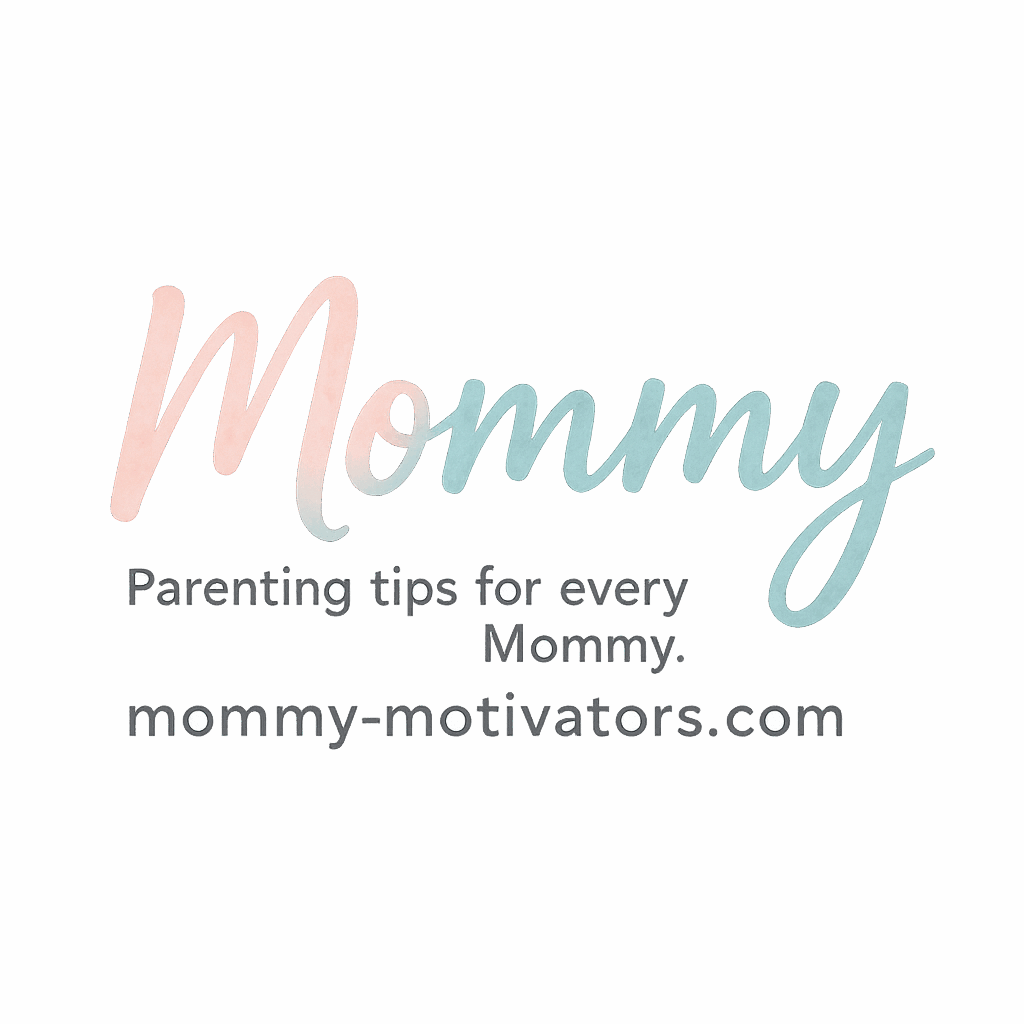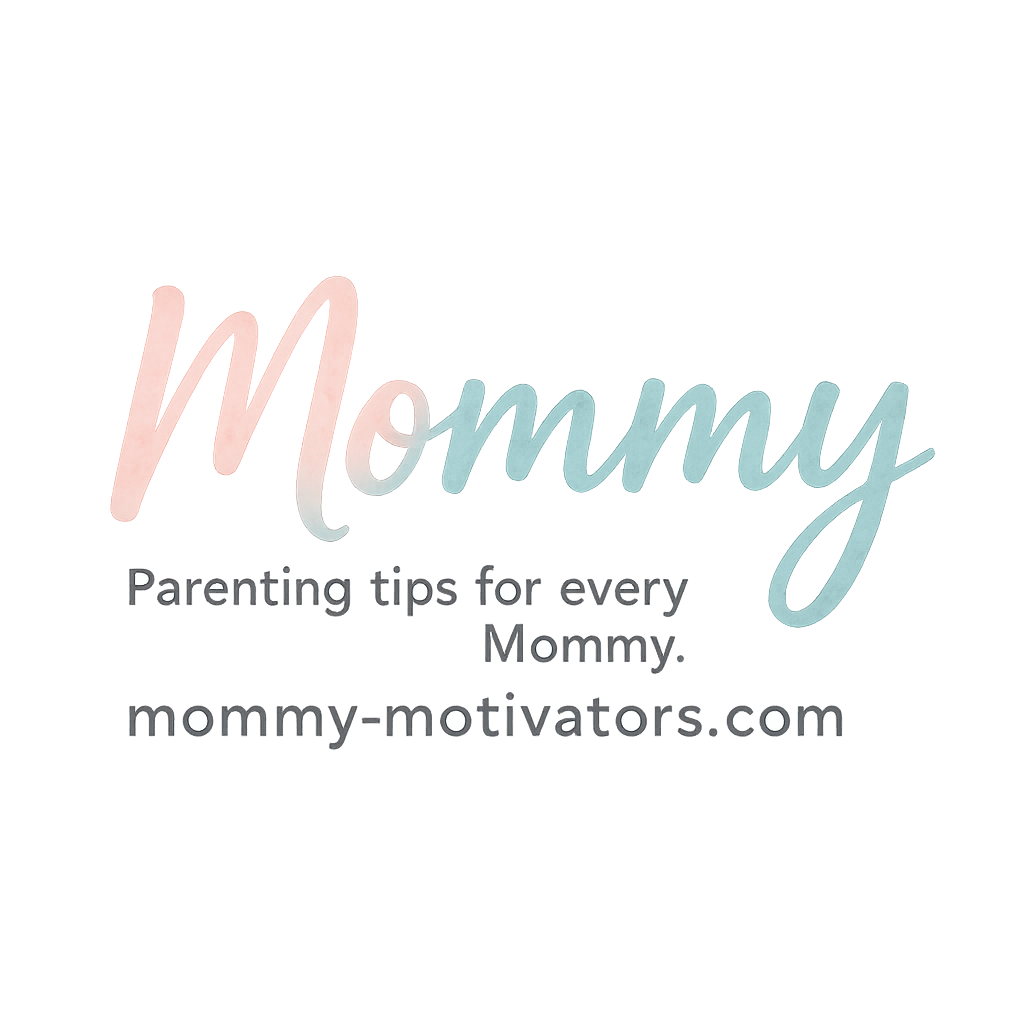Introduction
Let’s be real—playtime is supposed to be fun, right? But sometimes, despite our best intentions, we moms might be unknowingly making a few playtime mistakes that hold our little ones back. Whether it’s packing their schedule with too many activities, choosing flashy toys, or comparing them to other kids, these missteps can sneak up on us.
Don’t worry, though—this isn’t about guilt. It’s about growth. In this article, we’ll dive deep into 9 playtime mistakes mommy might be making and, more importantly, how to fix them with love and intention.
Plus, we’ll link to powerful resources from Mommy Motivators to help you elevate your parenting journey.
1. Over-Scheduling Every Minute of Playtime
Why Free Play Matters
As parents, we want to give our children the best start, but filling every moment with structured activities can squash their creativity. Children need unscheduled, open-ended play to explore their imagination, solve problems, and learn self-regulation.
Check out Daily Routines & Habits for tips on finding balance.
How to Add Flexibility
Let go of the rigid schedule. Create “free play” blocks in the day and let your child lead the activity. You’d be amazed at what they come up with when they’re not being guided.
2. Choosing Toys That Overstimulate
Signs of Overstimulation
Beeping lights, spinning sounds, and multiple voices in one toy? That might be a bit much. Overstimulation can lead to frustration, irritability, and a shorter attention span—definitely not what we want from playtime.
Choosing Simpler Toys
Go for open-ended toys like building blocks, dolls, or art supplies. These invite creativity and problem-solving. A cardboard box might do more than a singing robot ever could.
Explore Essentials for simple toy recommendations.
3. Ignoring the Power of Imaginative Play
The Brain Benefits of Pretend Play
Dress-up, role-play, storytelling—it’s more than cute. Imaginative play supports cognitive flexibility, emotional expression, and even literacy development.
Want to foster your child’s development? Visit Learning & Development Advice.
Easy Ways to Encourage It
Keep a costume bin. Let your child play “restaurant” or “superhero.” Even a cardboard spaceship can launch big learning.
4. Not Participating in Play (or Taking Over)
Striking the Balance
Some moms hover; others stay totally hands-off. But what kids really need is just enough engagement. Be present, not dominant.

Why Your Presence Matters
Kids crave connection. When you laugh with them during play, it builds trust, confidence, and a sense of being seen.
Check Mommy Self-Care & Mental Health if you feel too drained to engage. Recharging yourself helps you show up better for them.
5. Turning Play into Performance
Letting Go of Perfection
Is your child building a lopsided Lego tower? Don’t fix it. Let them learn from their “mistakes.”
How to Support Without Pressure
Praise effort, not results. Say “I love how focused you were!” instead of “That’s perfect!” This builds resilience, not perfectionism.
Read more at Discipline & Behavior Tips.
6. Using Screen Time as a Substitute
Why Screens Aren’t a True Replacement
Sure, screens can buy you a quiet moment—but they don’t provide the same brain stimulation or emotional growth as physical play.
Setting Healthy Screen-Time Limits
Try a “screen-free” hour before bedtime. Use timers or routines to create boundaries. For more insights, check out Stress Relief Tips.
7. Missing Teachable Moments in Play
Everyday Lessons Through Play
Playtime is filled with learning potential—from sharing and patience to responsibility. Don’t skip the chance to gently reinforce these ideas.
Encouraging Responsibility and Empathy
Model positive behavior and talk it out: “I noticed you gave your toy to your sister. That was kind.” Reinforce what you want to see more of.
Find parenting wisdom in Responsibility.
8. Playing the Same Way Every Time
Variety Fuels Growth
Routine is great, but repetition can lead to boredom. Kids thrive on new experiences—try indoor forts, obstacle courses, or sensory bins.
Rotate Games, Toys, and Roles
Swap out toys weekly. Take turns being the “customer” and “cashier” in pretend play. Keep things fresh and engaging.
You’ll find fun inspiration in Routines and Growth.
9. Comparing Your Child’s Play to Others
Why Every Child is Unique
Your neighbor’s toddler might be stacking blocks like a champ—but that doesn’t mean yours is behind. Kids bloom at different rates.
Focus on Growth, Not Competition
Celebrate your child’s small wins. Keep a “play journal” to track their milestones. It’ll help you see how far they’ve come without comparison.
Explore support for New Mommies and avoid the comparison trap.
Final Thoughts
Being a mom doesn’t come with a manual—but it comes with heart. The fact that you’re here, reading this, means you care deeply about giving your child meaningful play. Mistakes happen. But every moment offers a new chance to reset, connect, and play better.
Tap into more empowering motherhood tips through the Mommy Motivators homepage and browse categories like Motherhood, Behavior, and Self-Care.
Conclusion
Play isn’t just child’s play—it’s the foundation for your child’s learning, emotional intelligence, and even your bond together. By recognizing these common playtime mistakes and shifting toward mindful, intentional play, you’ll be nurturing more than fun. You’ll be nurturing growth, joy, and lifelong memories.
Ready to hit reset on playtime? Start small, stay present, and have fun with it. You’ve got this, Mama.
FAQs
1. What if my child prefers solo play?
Solo play is totally normal and healthy. It builds independence and problem-solving. Just make sure they also get social play in doses.
2. Are noisy toys bad for development?
Not all, but overly flashy toys can overwhelm. Choose those that invite interaction rather than passive watching.
3. How much playtime should toddlers get?
Experts recommend at least 1–2 hours of active play daily, but more is always better if it’s balanced.
4. Can play help with behavior issues?
Yes! Play teaches turn-taking, emotional control, and patience. Check out Discipline & Behavior Tips for more ideas.
5. What are the signs of healthy play?
Engagement, imagination, laughter, and exploration. If your child is focused and happy, you’re on the right track.
6. How do I encourage my reluctant reader during play?
Incorporate storytelling games or “read and act” activities. Visit Reluctant Readers for helpful tricks.
7. Is messy play worth the cleanup?
Absolutely! Sensory-rich messy play boosts creativity and brain development. Just prep with old clothes and a washable space.


